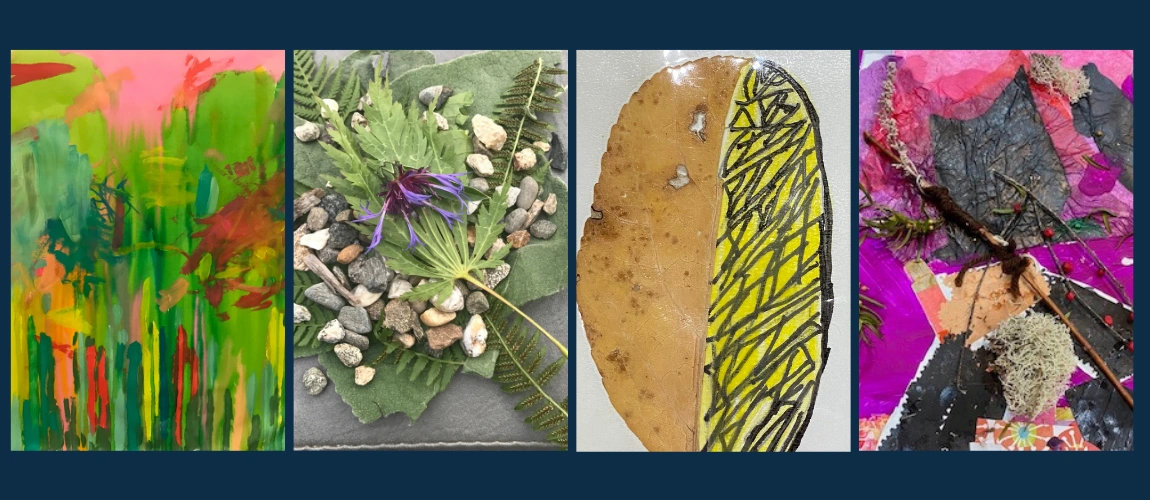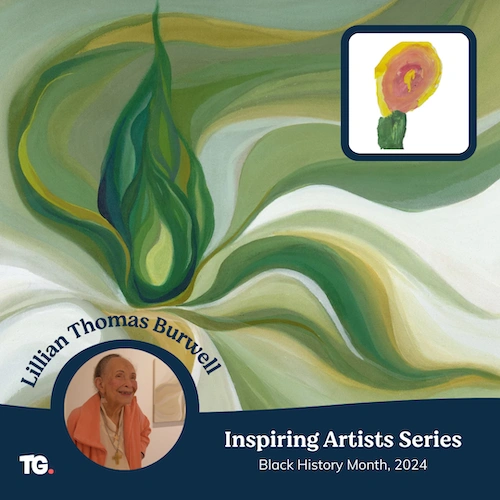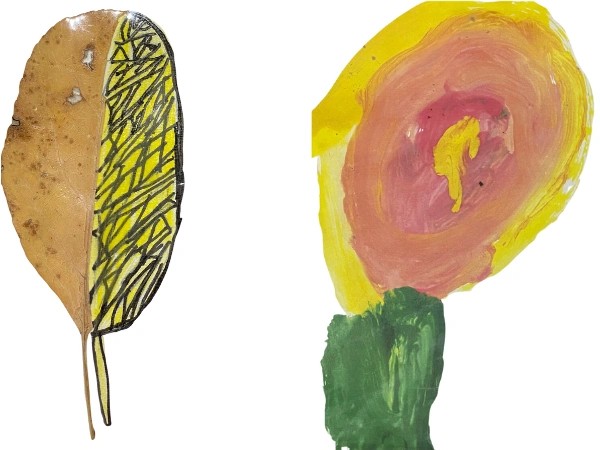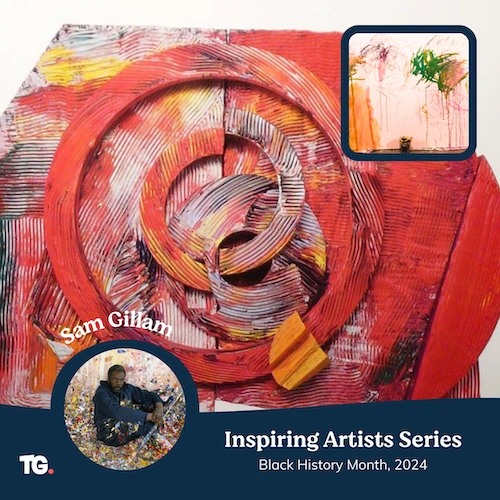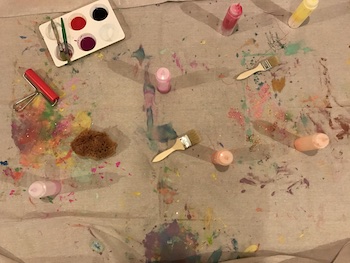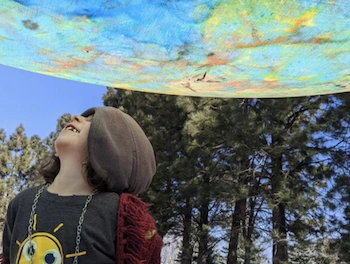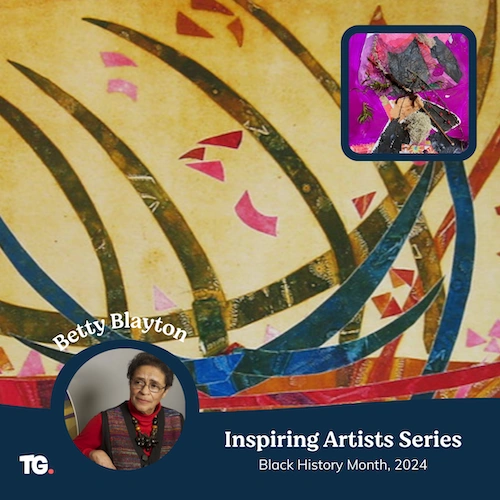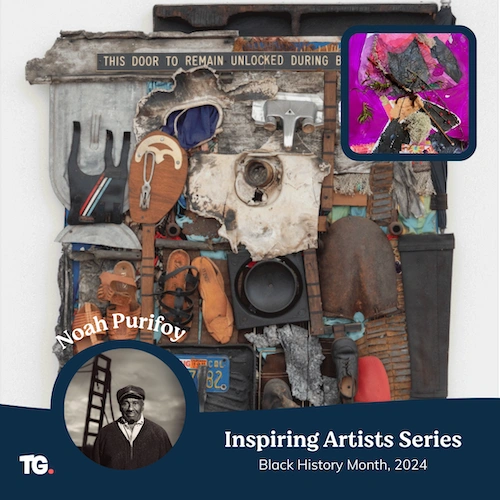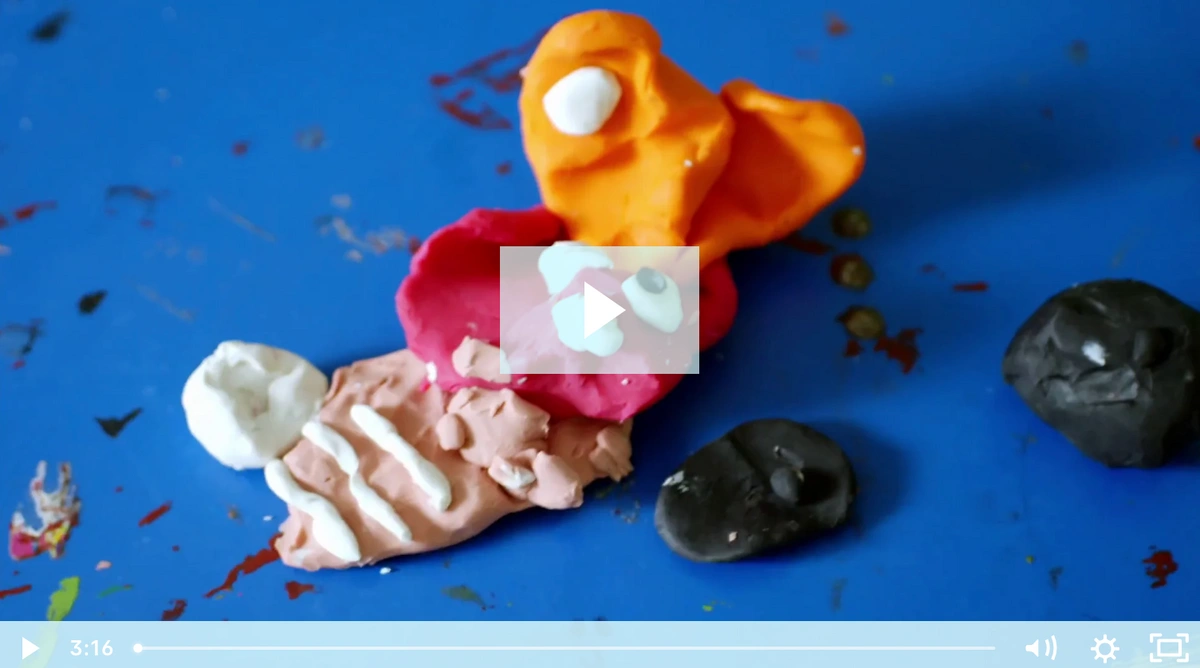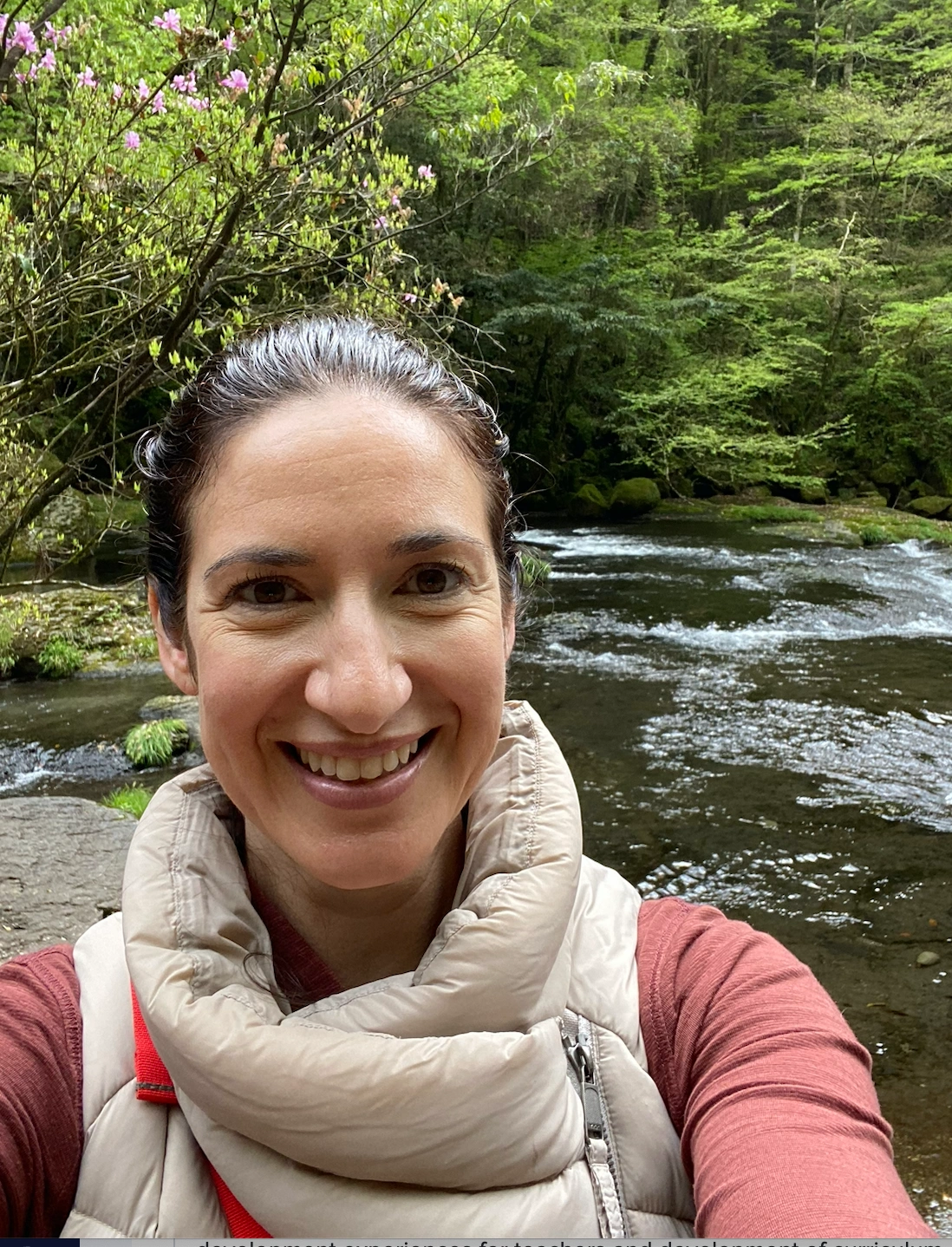February is Black History Month, an annual celebration of achievements by African Americans and a time for recognizing their central role in U.S. history. This year’s BHM theme, "African Americans and the Arts," highlights the many contributions Black Americans have had on the arts, cultural movements, and more.
At Tinkergarten we know that artistic expression and creativity are critical skills—not only for artists or musicians, but also for kids as a way of thinking about and being in the world. That’s why our Spring 2024 Creativity series is designed to help kids develop creative mindsets and strategies that they can use to invent new things, solve problems, express their ideas and feelings, and to nurture relationships.
Introducing kids to the work of artists with a diverse set of identities and lived experiences helps kids to see the infinite possibilities for how and what they can create—as well as who can be creative (i.e. everyone). It also provides models for how we can all remain creative throughout our lives.
In honor of this year’s Black History Month, and as featured in our February Monthly Activity Calendar, here are four creativity-sparking activities for kids, all inspired by the work and techniques of African American artists.
Zoom In!
Lilian Thomas Burwell is an abstract painter and sculptor known for creating abstract forms inspired by the shapes in nature. At 96 years old, she is still creating and exhibiting her work—a true model of remaining creative for life! View images of some of Lilian Thomas Burwell’s artwork here.
To invite kids to create their own art inspired by the forms of nature, head outside and welcome kids to use their eyes, a camera, or a magnifying glass to zoom in on something in their environment. Talk together about what you see, focusing on colors, shapes, lines.
Then, offer some paper and a few simple art materials (e.g. colored pencils, markers, crayons, watercolor paints) and invite kids to use the materials to show you what they noticed about the nature object.
Read the full activity inspired by Liliam Thomas Burwell’s art here.
Drape Yourself In Color
Considered to be one of the great innovators in abstract impressionism, Sam Gilliam was known for his large-scale installations that he created by pouring paint over canvas and then stretching it from the walls or ceilings of exhibition spaces. View images of some of Gilliam’s art installations here.
To inspire kids to create their own large-scale, colorful art, set out an old bed sheet, large piece of paper, canvas, or a drop cloth and gather a variety of art materials kids can use to add color to their canvas, such as chalk, markers, watercolor, or tempera paint. You can also offer natural materials with pigment, such as berries, beets, and colorful spices!
Start by offering one type of art material (e.g. chalk or markers), then gradually offer materials that kids can layer on (e.g. paint). Give kids a variety of different painting tools, such as paintbrushes, sponges, leaves or sticks (or even hands!). You can even invite kids to try Sam Gilliam’s technique of pouring paint onto the canvas!
Often with kids’ art-making, we consider the artwork to be finished once kids are ready to move on to another activity. Yet, artists like Sam Gilliam work on their pieces over time, adding and iterating over the course of weeks, months, or even years. When kids are ready to move on, set the canvas aside to dry. Later, set it out again with art materials and invite kids to layer on more color. Take a photo of the canvas after each play session and notice together how the canvas has changed over time. Ask kids what colors they might want to add next and what materials they would like to use next time.
Once kids have decided their masterpiece is truly finished, decide together where and how to hang or drape it. What kind of play could it inspire? Could it be a night sky to camp out under? A hibernation den? A castle? A backdrop for a play or puppet show? A cozy nook for story time?
Read the full activity inspired by Sam Gilliam’s art here.
Creative Collages
Betty Blayton was an illustrator, painter, printmaker, and sculptor, as well as the co-founder of both the Studio Museum and Children's Art Carnival in Harlem. She is known for her abstract paintings that combine brushstroke with paper collage. View images of some of Blayton’s art here.
To inspire kids to create their own collages, gather some paper kids can tear apart (e.g. magazine pages, construction paper, tissue paper) and some nature treasures that can be easily plucked apart (e.g. flowers, leaves, grasses, small sticks).
Grab one of the items and start to rip, tear, or pull it apart. Welcome kids to join in! Destruction is a super satisfying and joyful activity for kids of all ages and is actually a creative act with a whole host of learning benefits.
After kids have enjoyed taking things apart, set out some paper, a paintbrush, paint, glue, and the bits and pieces you created and wonder, “How could we add these materials to the paper?” Step back and let kids get to work on their masterpiece!
Read the full activity inspired by Betty Blayton’s art here.
Assembled Art
Noah Purifoy was a visual artist, sculptor, and co-founder of the Watts Towers Art Center and the Noah Purifoy Outdoor Desert Art Museum. He remains best known for his assemblage works, art that is created by assembling various everyday objects that he had collected. Purifoy spent the last 15 years of his life creating ten acres full of large-scale sculpture made from junked materials on the desert floor. His installation is considered to be one of California’s great art historical wonders. View images of some of Purifoy’s art here.
To inspire kids to assemble their own sculptures, gather objects from around the home such as recycled containers, bottle tops, corks, wood pieces, and/or cardboard boxes. Then, head outside to gather some natural materials kids can add to their assemblage, such as sticks, pine cones, evergreen sprigs, leaves, or flowers.
Offer a sturdy base on which kids can build. If kids would like to simply arrange their objects, you can offer a tabletop, the floor, or a flat area outside. If kids would like to glue or tape their pieces together, offer a piece of cardboard, wood slab, or a cardboard box as a base.
Gather up all the materials you collected and invite kids to start assembling their sculpture!
Read the full activity inspired by Noah Purifoy’s art here.
Supporting the creative process
For artists of all ages, art can and should be a true expression of one’s own ideas, thoughts, and feelings. Here are a few ways to make sure that happens for the kids you love and teach:
-
Let kids lead the way by allowing them space to choose which materials they would like to use and how they would like to create with them.
-
Try to resist the urge to direct, guide, or model for kids as they create and do not be surprised if their creation does not look anything like you imagined it would. It can help to remember that for kids, the process of art-making matters far more than the final product.
-
You can also support kids’ creative process by inviting them to tell you about their art and by sharing aloud what you notice about their choices of colors, shapes, and lines.
-
For more tips on how to support the process of kids’ art, watch this fun video just for grown-ups!
Share your creations!
Take photos and share your creations with friends, making sure to include the name of the artist who inspired them—whether you complete these activities as part of Black History Month or any time of year. What a wonderful way to honor artists for their contributions and get friends more curious about creativity! If you do share them publicly, be sure to tag #Tinkergarten. We'd love to cheer on your creative process!
